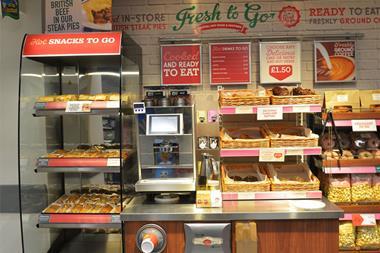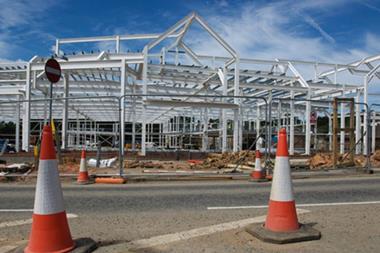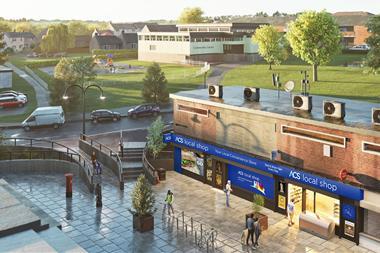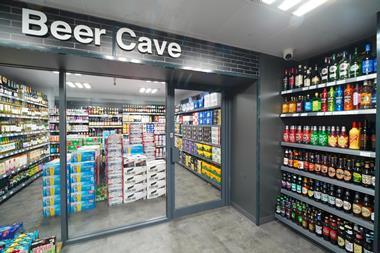The Waitrose push into convenience has been quite slow, but on Tuesday, it opened a new front: its first railway station store at London King’s Cross.In the same week, Morrisons also opened its first c-store on the platform forecourt in Nottingham. Coincidence? Or part of a significant new trend?
On the one hand, these railway debutantes are playing catchup: M&S leads the pack in terms of railway outlets, with 37 stores run by franchise operator SSP; and Tesco and Sainsbury’s are strongly represented in and around railways.
On the other hand, a dramatic surge in the number of people travelling by train over the past few years - Network Rail says it caters for 50% more passengers than it did 10 years ago - makes railways an attractive prospect for convenience retailers. And unlike other areas of the convenience market, there is still a relative glut of choice locations.
“Network Rail owns so many properties where people live and work, it’s only natural these should be expanded to create a convenience market,” says BRC head of business information Richard Lim. “Just look at WH Smith. They’ve cut down their high street presence and moved much more into travel.”
Growth is also linked to consumer behaviour, and the trend for impulse buying and eating out more, says ACS public affairs director Shane Brennan. “People are more likely to incorporate railway convenience stores into their weekly shopping routine - they like to be able to buy a sophisticated meal or lunch without lots of pre-planning - they are also willing to pay a premium for the convenience.
“I can’t remember the last time I saw a vacant unit at a railway station,” he adds.
More journeys
Four million people use the UK rail network every day. And Network Rail predicts there will be 225 million more journeys made annually by 2019.
Sales at railway stations are also outperforming the wider retail market. In June, Network Rail said like-for-like sales in the first quarter were up 5.6% compared with 0.5% for the high street in the same period.
Waitrose convenience director Jackie Wharton is certainly convinced there’s mileage. “Travel convenience represents a big opportunity for us. It allows us to flex what we’re doing in convenience. We can engage with customers on the move and with new opportunities,” she says.
At 2,500 sq ft, the Kings Cross store is the smallest Waitrose c-store so far - though it still manages to squeeze in an in-store bakery - and Wharton plans to open a second station store, at Manchester Piccadilly, later in the year.
As to the opening of a first c-store in Nottingham station, Morrisons convenience MD Gordon Mowat says there’s no significance in targeting railways: “We’re always on the look out for new sites, which includes those based at transport hubs like Nottingham Railway Station as well as city centres and neighbourhood locations.”
In the meantime, though Asda and Tesco appear to be focusing their transit plans on click & collect lockers, other players on railway forecourts aren’t standing still. M&S plans to open a further 75 franchise stores, at least six of which will be in smaller stations. Indeed, M&S hasn’t restricted itself solely to the UK travel convenience market. In June it opened in La Défense, Paris, in partnership with Relay.
Sainsbury’s is also looking to expand on its 10 station stores, and the 40 or so sited near stations.
With a huge amount of rejuvenation work carried out at some of the country’s main railway stations in the past few years - including London Bridge, King’s Cross, St Pancras and Manchester Piccadilly - many stations are becoming foodie and shopping destinations in their own right, says Network Rail spokesman Dan Donovan.
“We are changing the perception of what a modern railway station can provide,” he explains. In a new reality of falling grocery sales and the rampant growth of the discounters, no wonder the big grocers are hoping to let the train take the strain.







![CLEARED-FSA-PRIN-40-2024-James-Hall-and-Co-because-of-contamination-with-Listeria-monocytogenes[1] copy](https://dmrqkbkq8el9i.cloudfront.net/Pictures/380x253/7/4/8/335748_clearedfsaprin402024jameshallandcobecauseofcontaminationwithlisteriamonocytogenes1copy_101898_crop.jpg)







No comments yet